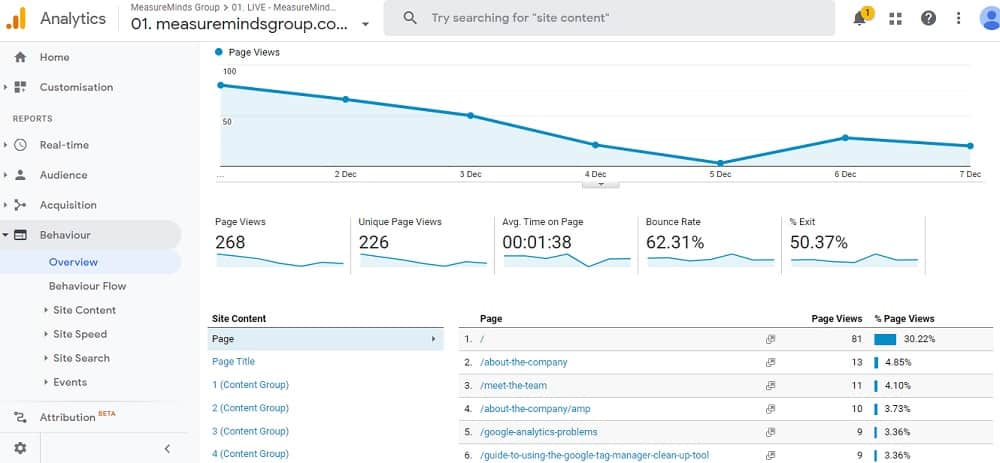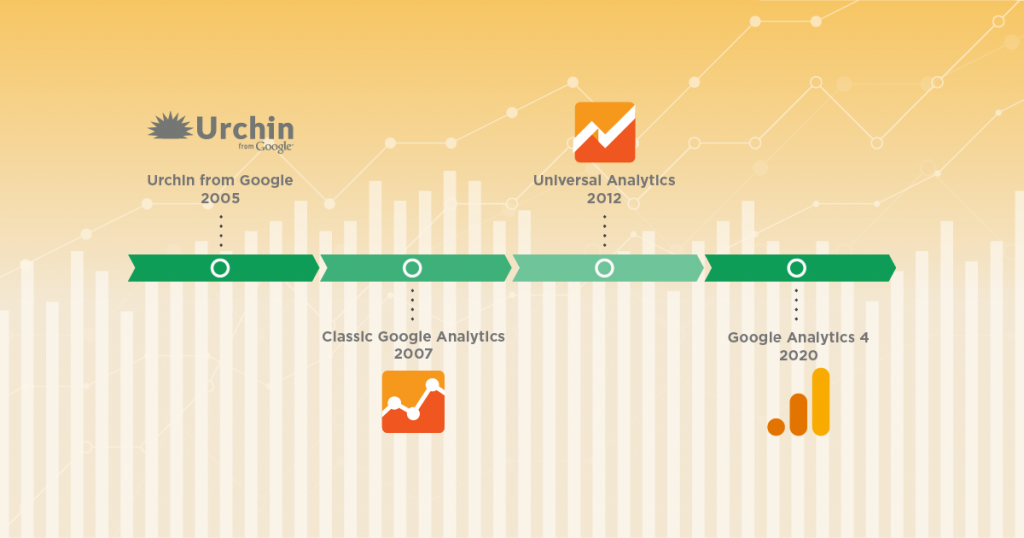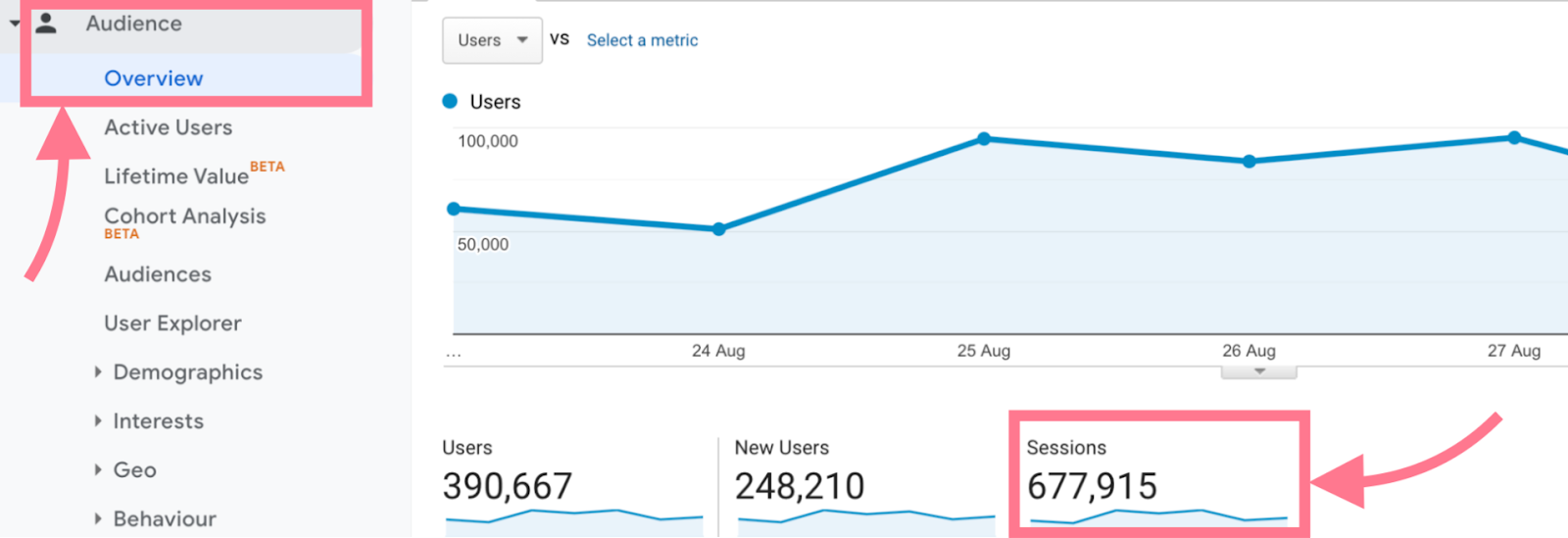Master Web Site Insights With Accurate Google Analytics Tracking Code
The reliable application of Google Analytics pivots on the exact application of its tracking code, an essential action usually ignored by site owners. What are the common mistakes that could undermine your tracking efforts, and exactly how can you guarantee accuracy in your approach?
Comprehending Google Analytics Fundamentals
Google Analytics is a necessary device for website owners and marketers, offering indispensable insights into user actions and internet site efficiency. At its core, Google Analytics collects information concerning site visitors to a site, permitting individuals to examine metrics such as website traffic sources, user involvement, and conversion rates. Comprehending these basics is crucial for maximizing a website's performance and enhancing individual experience.
The system uses cookies to track interactions, taping data such as web page sights, session periods, and bounce prices. This information is accumulated and presented with adjustable control panels, making it possible for customers to visualize patterns over time. Key performance indicators (KPIs) can be kept an eye on, such as the overall variety of individuals, new versus returning visitors, and the geographic distribution of the audience.
Moreover, Google Analytics offers division attributes, permitting customers to separate certain web traffic resources or individual demographics for even more targeted analysis. By mastering these foundational elements, internet site proprietors can make enlightened choices regarding content approach, advertising and marketing projects, and general site improvements. Ultimately, understanding Google Analytics essentials is essential for leveraging information to drive development and accomplish company objectives effectively.
Establishing Your Monitoring Code

Duplicate the given tracking code and paste it into the HTML of your site. Ideally, this code should be placed in the header area of every web page you desire to track. This makes certain that the monitoring code tons before any other web content, permitting it to record data accurately. There are plugins available that simplify the integration procedure. if you are making use of a content management system (CMS) like WordPress.
After installation, validate that the tracking code is operating properly by utilizing Google Tag Aide or the Real-Time reports in Google Analytics - when does the google analytics tracking code send an event hit to analytics?. This step is necessary to validate that your data collection is energetic and precise, setting the foundation for insightful evaluation
Typical Monitoring Code Issues
This might take place when the tracking code is put in the incorrect section of the website's HTML, frequently leading to absent or incomplete data. In addition, having several circumstances of the tracking code on a single web page can result in filled with air metrics, as user communications might be counted a lot more than when.
An additional issue develops from using ad blockers, which can avoid the monitoring code from implementing completely, hence skewing data. when does the google analytics tracking code send an event hit to analytics?. Moreover, failing to configure filters correctly can lead to the exemption of crucial traffic sources or the inclusion of unwanted referral spam, misshaping the data accumulated
Web site owners may also overlook the importance of tracking code updates, especially when moving to Google Analytics 4 (GA4) from Universal Analytics. Last but not least, insufficient testing prior to releasing adjustments can cause unnoticed mistakes in the tracking code, additionally making complex information dependability. Attending to these typical issues is essential for guaranteeing precise tracking and informative analytics.
Studying Site Data Properly
Precise data collection is just the initial step in leveraging Google Analytics; the real worth hinges on effectively analyzing that information to drive educated decision-making. To achieve this, it is important to recognize essential performance signs (KPIs) that line up with your business objectives. Concentrate on metrics such as conversion view prices, user involvement, and web traffic sources, as these will certainly offer understandings into customer habits and the total efficiency of your site.
Making Use Of Google Analytics' segmentation features enables a much deeper understanding of your target market. By breaking down data into certain demographics, behaviors, and website traffic channels, you can discover fads and patterns that notify targeted strategies. Carrying out custom records and control panels can improve this procedure, enabling quick accessibility to relevant information.
Furthermore, on a regular basis reviewing data fads over time assists to identify anomalies and chances for renovation. Utilize visualization tools to existing information in a conveniently digestible format, assisting in more effective communication with stakeholders. Inevitably, the capacity to analyze web site information properly encourages businesses to make tactical decisions that improve individual experience, maximize advertising and marketing initiatives, and drive development.

Finest Practices for Accurate Tracking
Applying efficient tracking methods is essential for obtaining trustworthy data in Google Analytics. To make certain precise monitoring, begin by appropriately installing the Google Analytics tracking code on every page of your website. This can be achieved through a tag manager or by straight installing the code right into the HTML.
Following, configure your Google Analytics account to omit inner traffic. This can be done by establishing up filters that identify and get rid of brows through from your organization's IP address, thus protecting against skewed data. In addition, make use of event tracking to monitor specific individual communications, such as downloads or video clip plays, which standard page views may ignore.
Regularly audit your tracking configuration to verify that all attributes, such as objectives and ecommerce monitoring, are operating properly. Establish a consistent naming convention for your events and campaigns to help with much easier coverage my response and analysis.
Finally, think about leveraging UTM specifications for campaigns to get insights into the efficiency of various advertising initiatives. By complying with these finest methods, you can enhance the accuracy of your data collection and evaluation, inevitably bring about even more educated decision-making for your site.
Verdict
Accurate implementation of the Google Analytics tracking code is important for mastering website understandings. By making certain the monitoring code is properly placed and routinely audited, internet site proprietors can catch important user communication data, thus facilitating the recognition of essential performance indications. Efficient analysis of this information, integrated with adherence to best techniques, allows informed decision-making and the optimization of on-line methods. Ultimately, a durable monitoring structure improves the ability to drive involvement and improve total site efficiency.

Not enough screening before launching changes can result in undetected mistakes in the monitoring code, even more complicating information integrity.Carrying out efficient tracking techniques is critical for acquiring reputable data in Google Analytics. By guaranteeing the Visit Your URL monitoring code is appropriately put and frequently audited, website proprietors can capture vital customer interaction information, therefore helping with the recognition of crucial efficiency indications.